Trump Announces 25% Tariff on India!
25% tariff imposed by the United States on Indian goods, effective 1 August 2025 as announced by President Donald Trump, significantly affects India’s export sectors. This policy part of a broader “reciprocal tariff” strategy aims to address perceived trade imbalances and responds to India’s high tariffs on U.S. goods (averaging 39% on agricultural products) and geopolitical concerns, such as India’s energy and defense ties with Russia.

Key Affected Sectors and Impacts:
Automobiles and Auto Components:
A 25% tariff on automobiles and auto parts, effective April 2, 2025, for vehicles and May 3, 2025, for parts, significantly affects Indian auto component manufacturers. Exports to the U.S., valued at approximately $6.79 billion in FY24, face reduced competitiveness due to higher costs. Operating margins for manufacturers are expected to shrink by 125-150 basis points from 12-12.5%, as per Crisil.
Electronics and Smartphones:
Electronics, including smartphones, constitute a major export category ($12 billion in 2024). The 25% tariff increases pricing pressures, particularly for contract manufacturers with thin margins. Apple’s plans to expand iPhone manufacturing in India as an export hub to the U.S. are likely disrupted, as the tariff reduces cost competitiveness compared to rivals like Vietnam (20% tariff) and China (30% tariff).
Gems and Jewellery:
The U.S. accounts for nearly 30% of India’s gems and jewellery exports, valued at over $10 billion annually. The 25% tariff inflates costs, delays shipments, and pressures the value chain, from small artisans to large manufacturers.
Textiles and Apparel:
The U.S. represents 28% of India’s textile and apparel exports. The 25% tariff could displace Indian products in favor of cheaper competitors like Bangladesh and Vietnam. Low-margin categories (e.g., garments, linens, towels) are particularly vulnerable, as businesses cannot absorb the additional costs due to tight margins.
Marine Products:
Fish, meat, and seafood exports ($2.58 billion in 2024) face a 27.83% tariff, increasing costs and reducing competitiveness. This could force exporters to absorb costs, pass them on (risking reduced demand), or seek alternative markets.
Processed Food and Agriculture:
Processed food, sugar, and cocoa exports ($1.03 billion) face a 24.99% tariff, while specific agricultural products like onions (25.54%), buttermilk (56.46%), and milk powder (30.84%) are hit with exceptionally high duties.
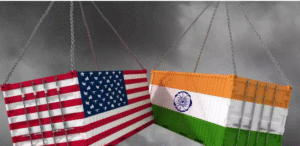
Steel and Aluminum:
Steel and aluminum exports face a separate 25% Section 232 tariff, compounding the 25% reciprocal tariff. This affects India’s growing exports in these sectors, increasing costs and reducing competitiveness compared to countries with lower tariffs (e.g., EU at 20%).
Economic and Market Impacts:
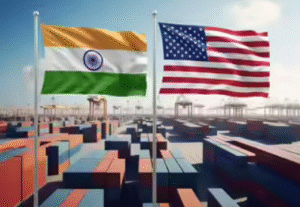
Export Volume: India’s exports to the U.S. were $87 billion in 2024, with services (e.g., IT, professional services) at $33 billion. The tariffs affect 10-50% of auto and electronics exports ($1-5 billion), with 50-60% of that portion facing cost increases ($0.5-3 billion).
GDP Impact: Economists estimate a 20-30 basis point reduction in India’s FY2026 GDP growth (from 6.5% to 6.2-6.3%) due to tepid export growth and delayed private capital expenditure. If pharmaceuticals are included in future tariffs, the impact could worsen.
Market Reactions: The Indian stock market saw immediate declines, with Nifty Auto (-0.64%) and Nifty IT (-3%) reflecting concerns over export-driven sectors. The Indian rupee weakened offshore, and Indian stock futures slid, signaling investor caution.
Trade Deficit: The U.S. trade deficit with India ($46 billion in 2024) is a stated reason for the tariffs. Trump aims to “level the playing field,” citing India’s high tariffs (e.g., 52% on some U.S. goods).
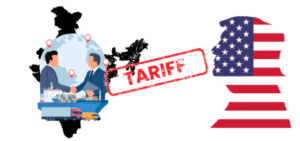
Indian Government and Industry Response:
The Ministry of Commerce and Industry is “studying implications” and remains committed to a “fair, balanced, and mutually beneficial” trade agreement. It emphasizes protecting farmers, entrepreneurs, and MSMEs and may negotiate tariff reductions or retaliatory measures.
Industry Strategies:
Cost Pass-Through: Exporters may pass costs to U.S. consumers, risking reduced demand.
Market Diversification: Exploring markets like the EU, Middle East, and ASEAN to offset U.S. losses.
Local Production: Investing in U.S.-based facilities to bypass tariffs.
Government Support: Calls for export subsidies, legal support, and accelerated free trade agreements (FTAs).
Comparative Tariff Rates:
- India: 25% + unspecified penalty (previously reported as 26-27% in April 2025).
- China: 30-54% (higher due to decoupling efforts).
- Vietnam, Philippines: 20%.
- Indonesia: 19%.
- EU: 15-20%.
- UK: 10% (lowest due to trade surplus). India’s 25% tariff is higher than most peers, reducing its competitive edge in labor-intensive and electronic goods.

Broader Implications:
Trade War Risk: Without swift negotiations, prolonged tariffs could escalate into a trade war, weakening India’s trade surplus and deterring foreign direct investment (FDI).
Inflation and Rupee Pressure: Higher tariffs may increase imported inflation and weaken the rupee, impacting companies with foreign debt.
Global Supply Chains: India’s role as an alternative to China in electronics and textiles could be hampered, though lower labor costs may mitigate some losses.
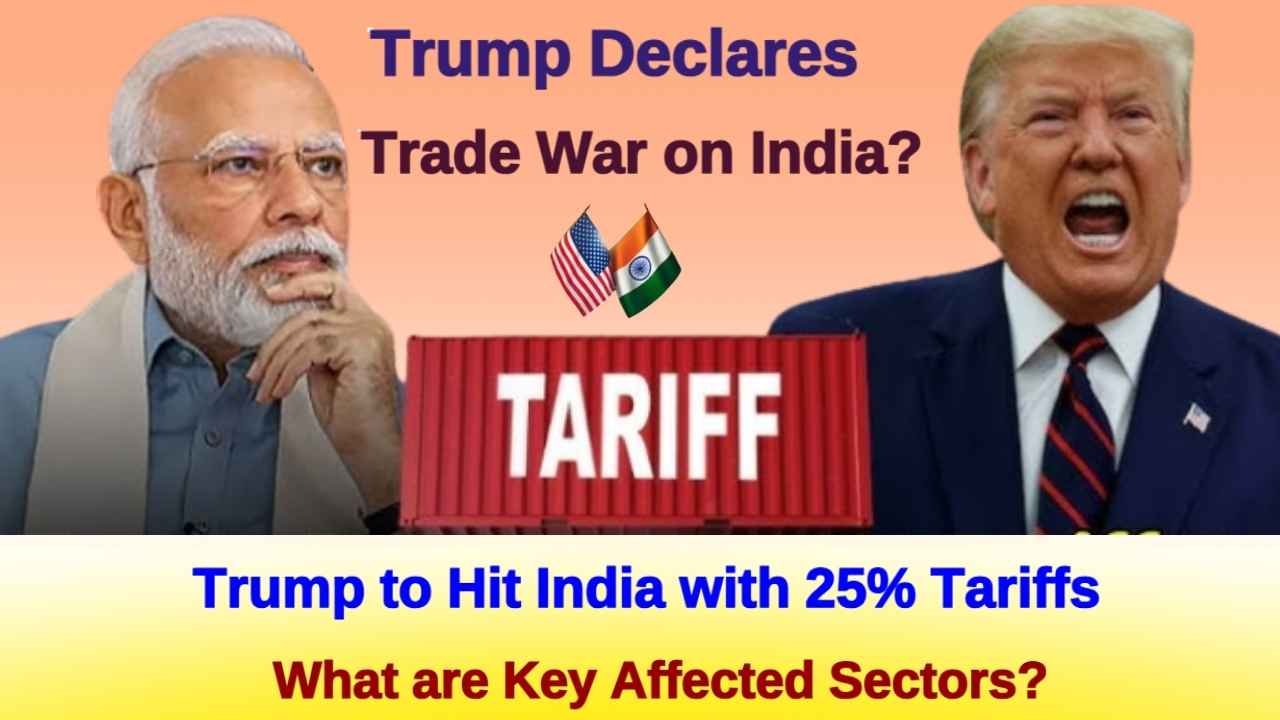
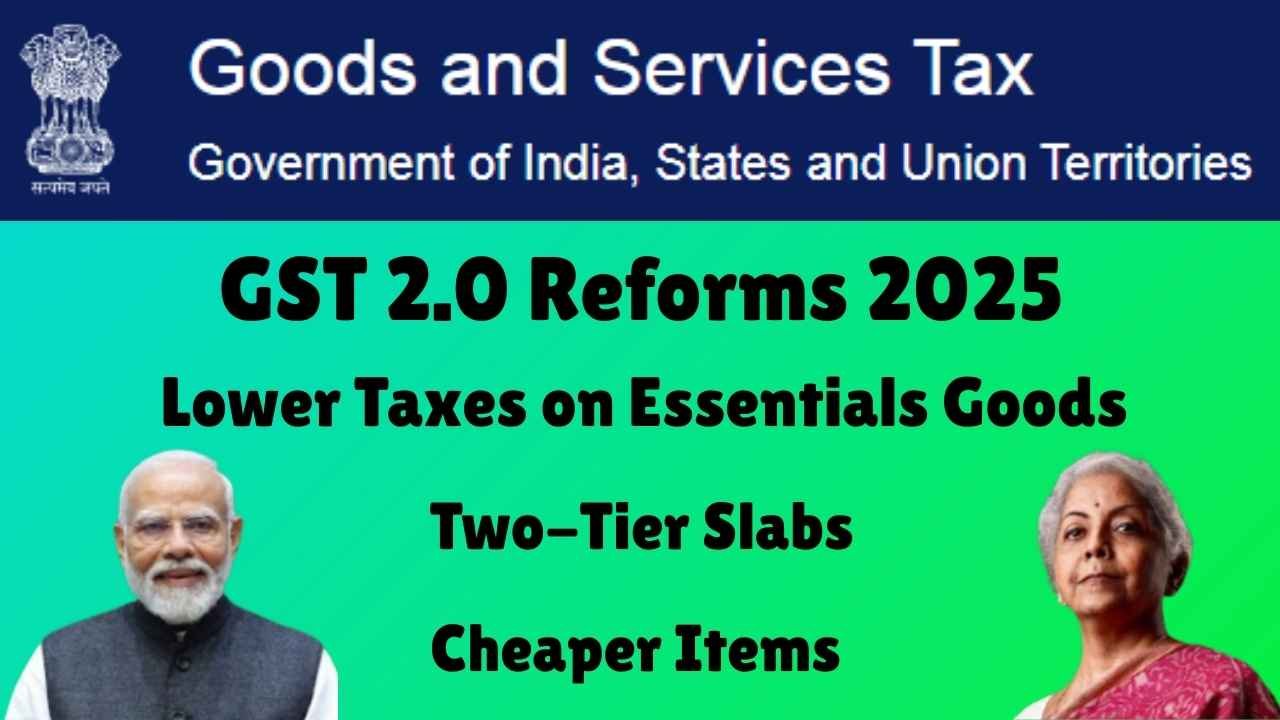

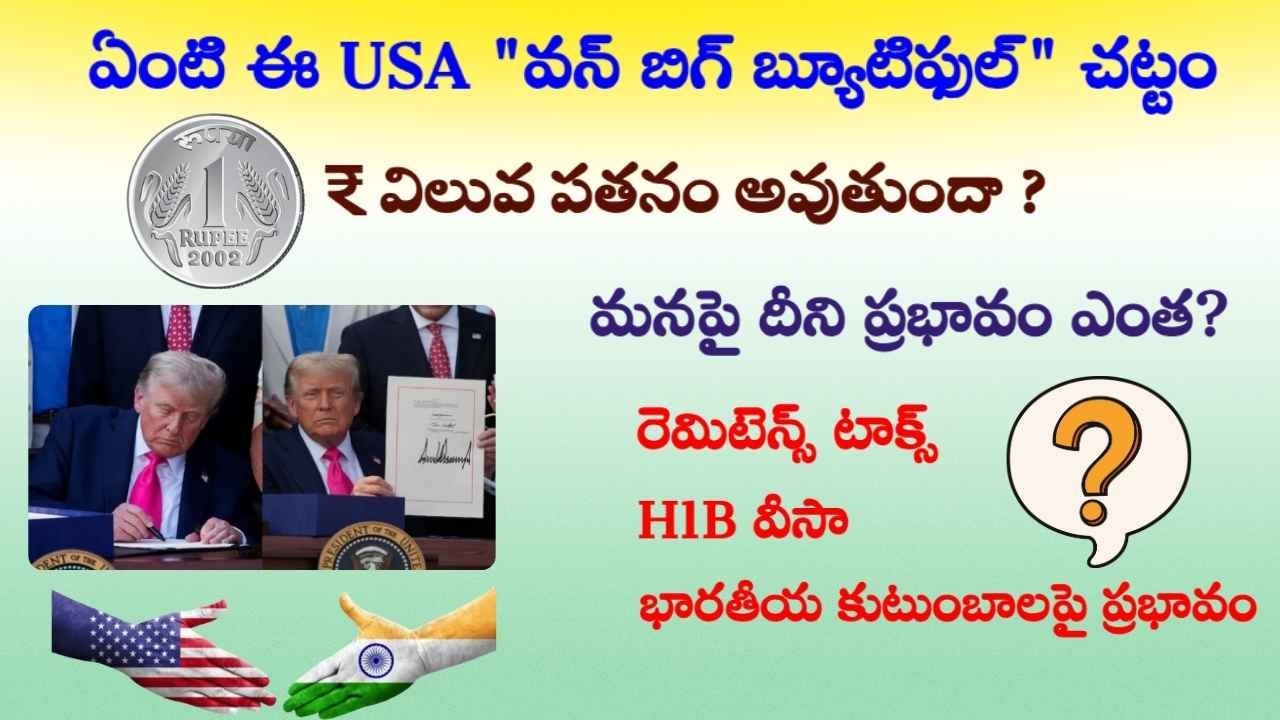
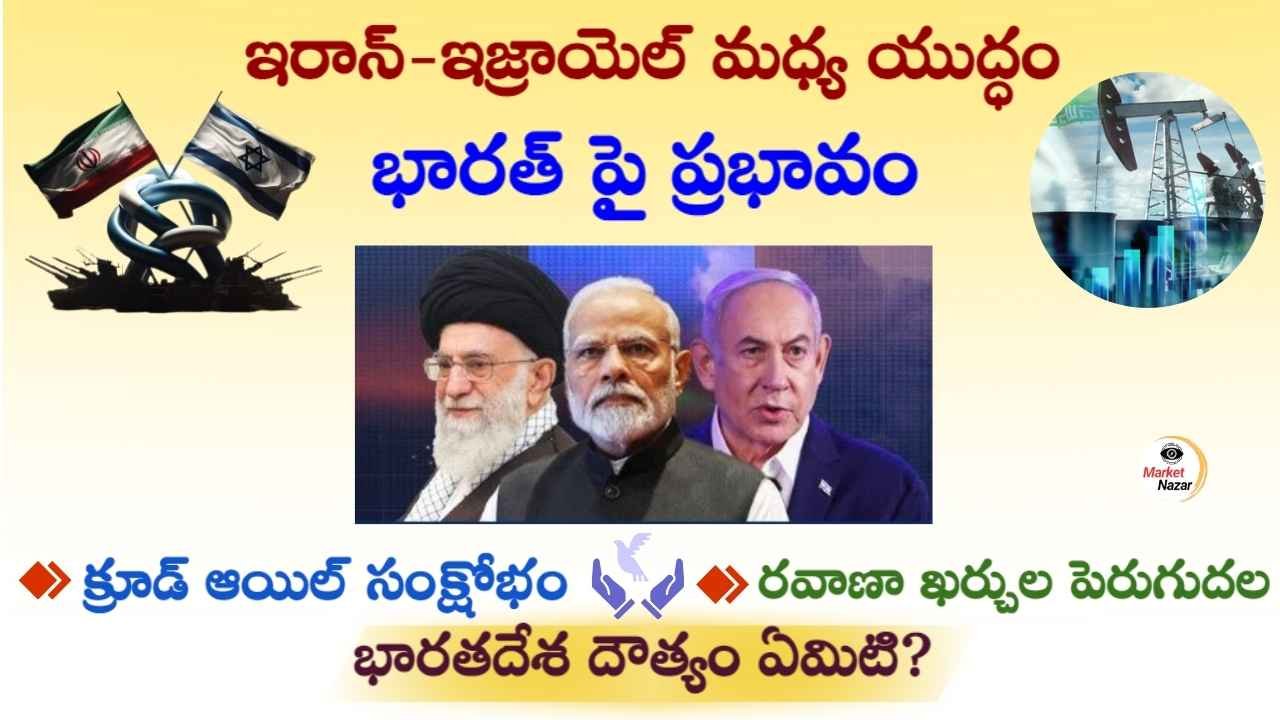



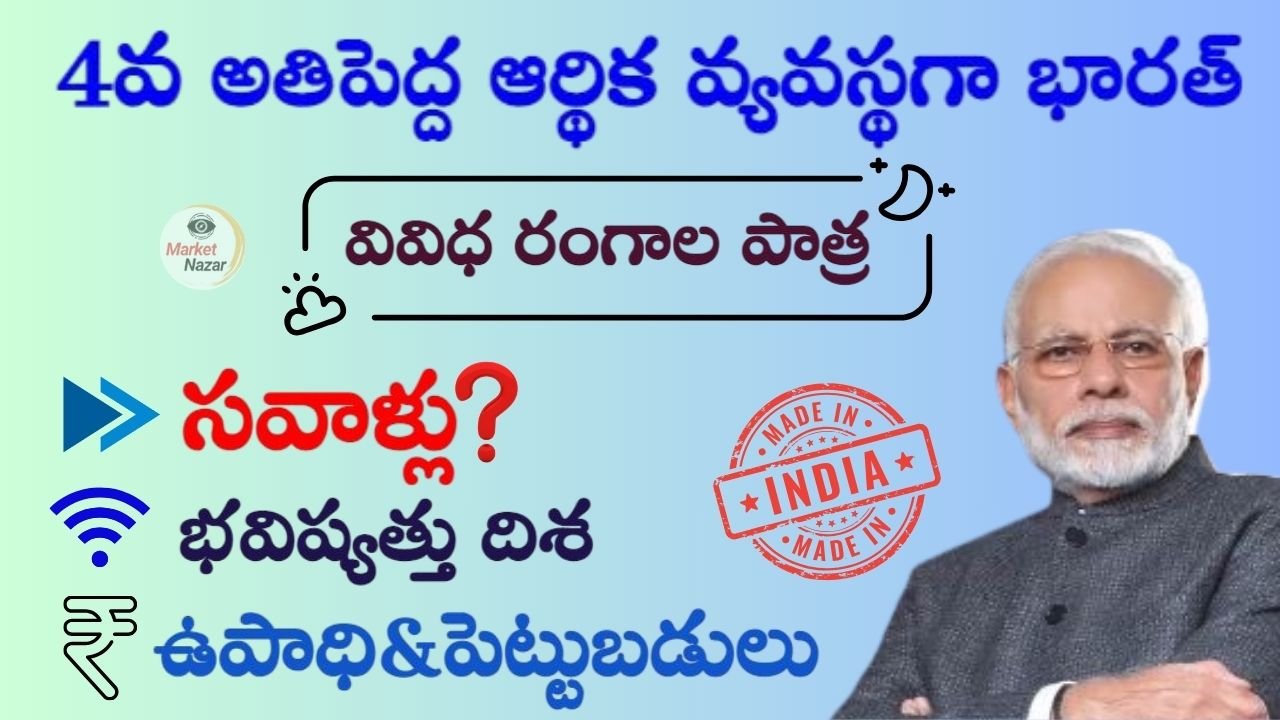
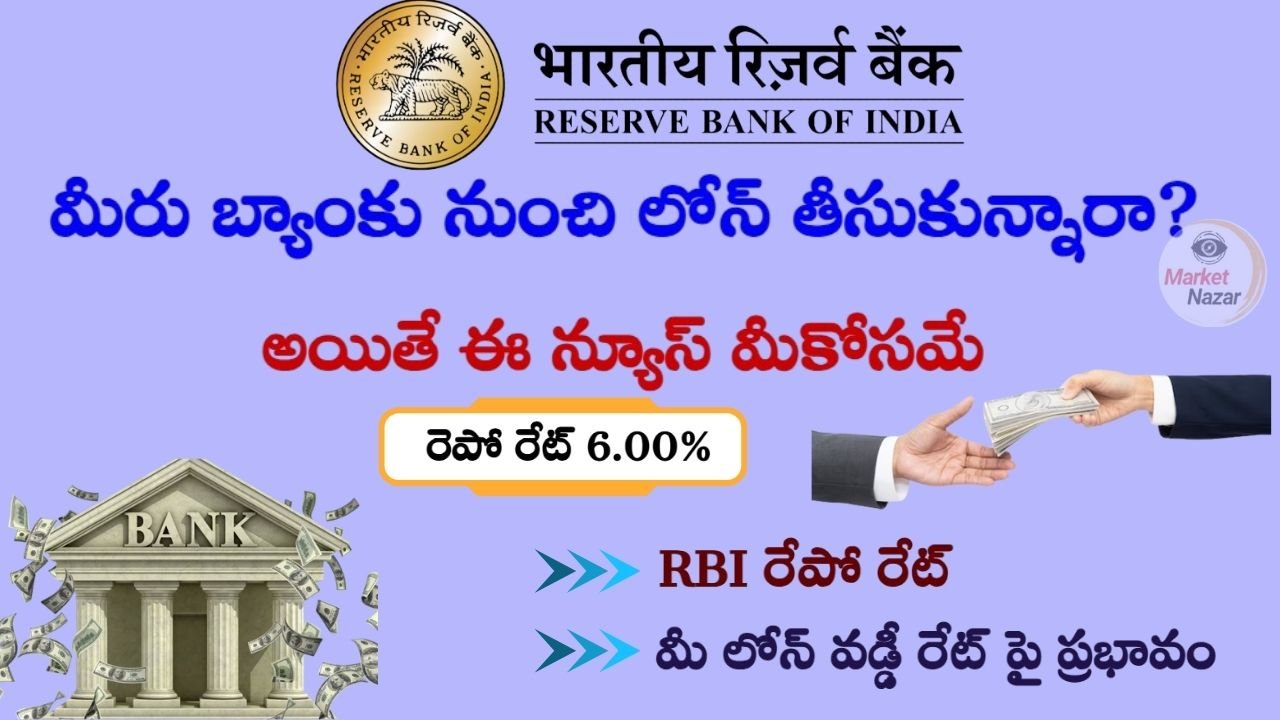
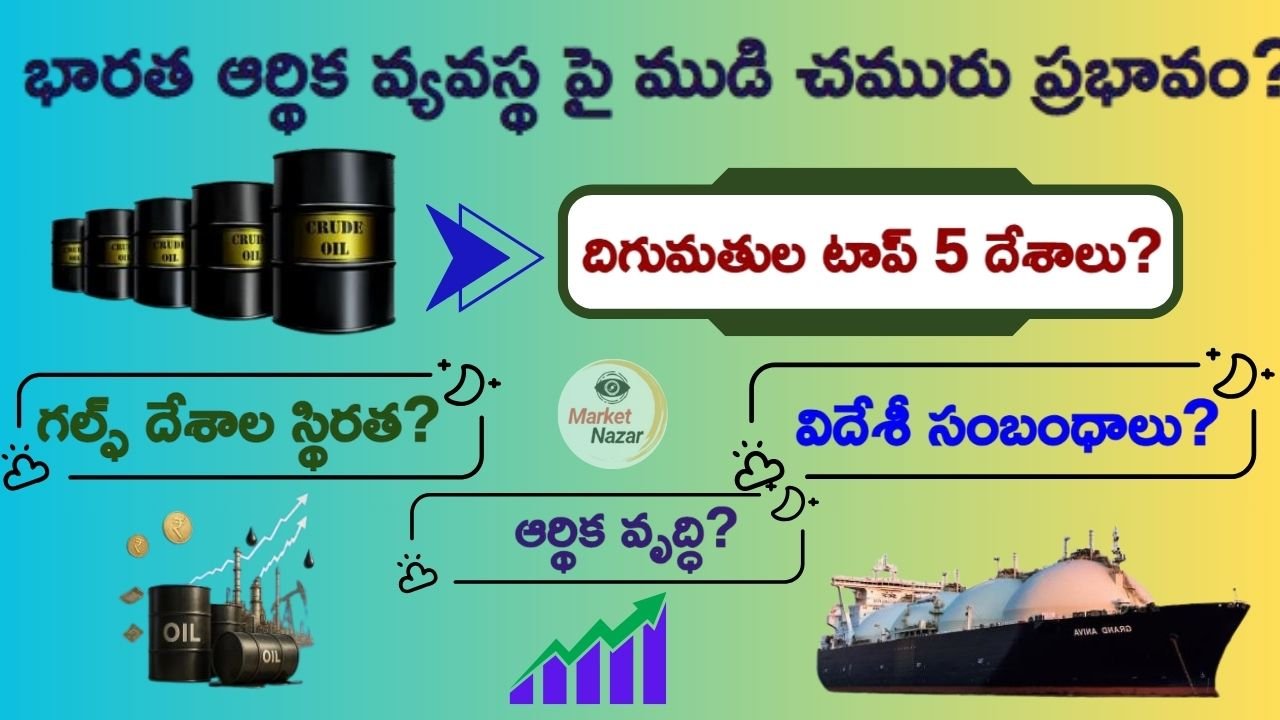
Leave a Reply